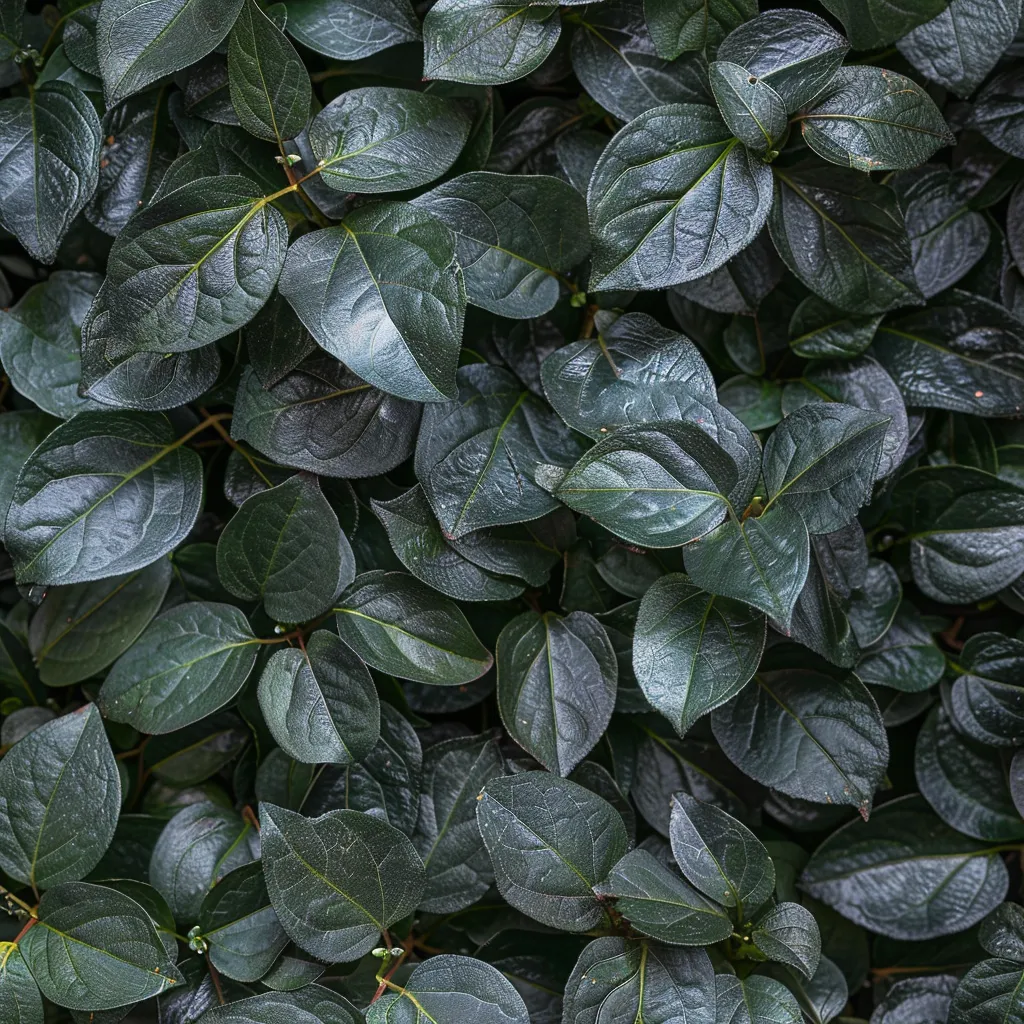Pachistima, or Paxistima canbyi (commonly known as Canby’s mountain lover), is a low-growing, evergreen shrub that works wonderfully as a ground cover or in woodland gardens. Native to North America, it thrives in USDA zones 4 to 8 and has small, glossy leaves that offer year-round interest. Here’s how to grow and care for it and some ideas on how to incorporate it into your garden.

Where to Plant Pachistima
- Planting Location: Pachistima prefers part shade to full shade. It can tolerate some sun, especially in cooler climates, but too much sun may cause leaf scorch.
- Soil: This shrub thrives in moist, well-drained soil that is slightly acidic. Amend heavy soils with organic matter to improve drainage.
When to Plant Pachistima
The best time to plant pachistima (Canby’s mountain lover) is in early spring or early fall, when temperatures are mild, and there is often adequate rainfall to help it establish. Planting during these seasons allows pachistima’s roots to develop before the heat of summer or the cold of winter.
How to Care for Pachistima
- Watering: Keep the soil consistently moist, especially during the establishment period. Once established, pachistima is fairly drought-tolerant, but it benefits from occasional watering in dry spells.
- Fertilizing: Apply a balanced, slow-release fertilizer in early spring to promote healthy growth. Avoid over-fertilizing, as pachistima does well in relatively lean soil.
- Mulching: Adding a layer of organic mulch around the base helps retain moisture and keeps roots cool. Mulch also helps suppress weeds.
- Pruning: This plant generally maintains its shape without much pruning. However, you can lightly prune in spring to remove dead or damaged branches and shape the plant if necessary.
Pachistima Pests and Diseases
- Pachistima is generally disease-resistant and pest-free. In very humid climates, it may develop root rot if the soil is poorly drained, so good drainage is essential.

Propagation of Pachistima
Pachistima can be propagated by softwood cuttings or division:
Softwood Cuttings (Best in Late Spring to Early Summer)
- Cutting Selection: Choose softwood (new growth) cuttings about 4–6 inches long from a healthy plant in late spring or early summer.
- Preparing the Cuttings: Remove the lower leaves, leaving only a few at the top.
- Rooting Medium: Dip the cut end in rooting hormone powder to encourage root development, then plant the cutting in a well-draining, moist medium such as a mix of peat and perlite.
- Moisture and Humidity: Cover the pot with a plastic bag or place it in a propagation chamber to maintain high humidity.
- Location: Place the cuttings in indirect light, keeping the soil consistently moist. Roots typically form in 6-8 weeks.
- Transplanting: Once roots have developed, transplant the new plants into individual pots or directly into the garden in early fall.
Division (Best in Early Spring)
- Selecting a Plant: Find an established pachistima plant with multiple stems and a dense root system.
- Dividing: Carefully dig up the plant and gently separate a section with its own root system. Use a sharp spade or knife if necessary.
- Replanting: Plant each division in prepared garden soil, ideally enriched with organic matter, and water thoroughly.
- Post-Division Care: Keep the soil moist for a few weeks until the divisions establish.
Ways to Use Pachistima in the Garden
- Ground Cover: Pachistima’s low, dense growth makes it ideal for covering large areas, especially under trees or in shady spots. Its evergreen foliage provides ground cover year-round.
- Rock Gardens and Slopes: With its ability to tolerate partial shade and rocky soil, pachistima works well in rock gardens, on slopes, or as erosion control on hillsides.
- Woodland Gardens: This plant’s natural habitat is wooded areas, making it a perfect addition to woodland or naturalized gardens. Combine it with ferns, hostas, and shade-tolerant perennials for a layered, forest-like effect.
- Borders and Pathways: Plant pachistima along pathways or as a border plant for a tidy, low-growing hedge. Its fine texture and low height add structure to garden beds without overpowering taller plants.
- Winter Interest: Being evergreen, pachistima provides visual interest in winter gardens, where its glossy foliage stands out against dormant or bare plants.



